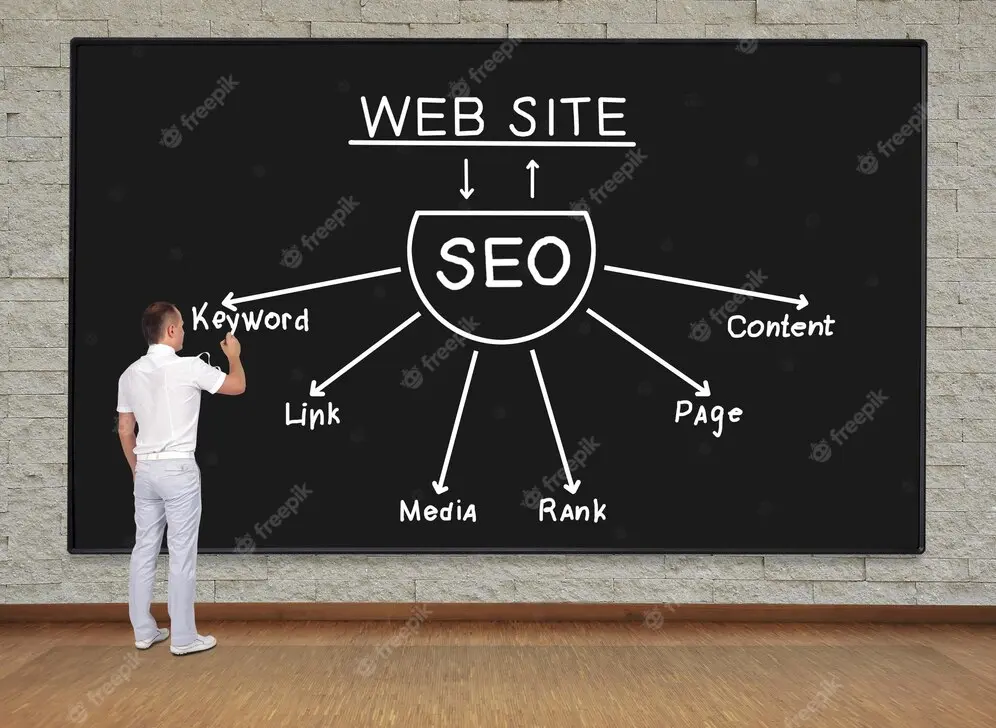Today, a website is a necessity that expands business opportunities. It's important to choose the right one when you're thinking about creating an online resource. This approach will save time and money, as creating one from scratch will require considerable resources.
So how do you make the right choice? In fact, even the wrong choice can have consequences. The key is to keep going. Your website needs to be constantly developed and refined. We'll discuss which website is right for you below.
What types of websites are there?
There are several types of websites. Each serves a specific purpose: online sales, detailed product or service information, or company information for potential partners.
Landing Page: What is it for?
A landing page consists of only one page. A one-page website is designed to convey information about a product or service and collect leads for further sales. A well-designed landing page with a well-developed sales funnel can generate significant revenue.
Landing pages are created temporarily, as their main tasks are:
- tell about the company's products and/or services;
- Encourage the user to make a purchase;
- Collect a customer base.
The advantages of a one-page website include:
- Increasing sales of one or more products (goods, services). The website encourages impulse purchases;
- Building a customer database for future sales. Various required data entry fields are created on the website.
The disadvantages of a landing page include:
- The high cost of website development;
- Difficulty in SEO promotion;
- Promotion through online advertising.

Corporate website: why create one?
A corporate website is a complex, multi-page site that serves more than just a business card. These sites are designed to convey more about the company in greater detail.
The website sections are carefully designed from an informational perspective. The corporate website does not sell products or services. It provides product information with detailed descriptions and a downloadable catalog.
In addition to providing information about the company online, a corporate website can also be internal. These typically publish news, notes, and photos exclusively for employees.
Strengths of a corporate website:
- Detailed information about the company, news, gallery;
- The site is suitable for SEO promotion and contextual advertising.
Weaknesses of a corporate website:
- Not suitable for selling goods and/or services on the Internet;
- Can be expensive to develop.
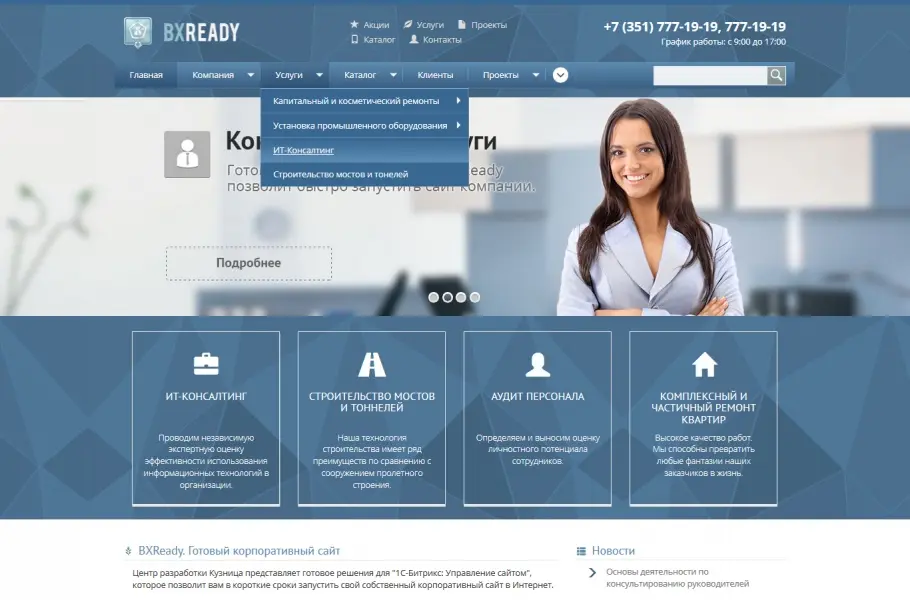
Online store: popular type of website
Since the Covid-19 crisis, online sales have become more popular than physical stores. These resources are gaining momentum every day.
This website is suitable for selling goods and services. A well-designed storefront and a well-tuned sales funnel allow you to sell products 24/7.
Online stores provide consultations both by phone and through an online consultant, and offer convenient payment methods.
Because of the numerous pages they contain, these websites contain a wealth of information: from product or service descriptions on the relevant product card to a blog featuring product usage and life hacks. Reviews are especially noteworthy. Each product has reviews, allowing users to evaluate its quality from previous users. Reviews, like other pages, carry significant weight for website promotion.
Advantages
- Significant savings on employees and premises rent, which allows to reduce the cost of goods;
- Setting up contextual and targeted advertising;
- 24/7 sales, convenient payment without leaving home;
- By implementing analytics systems, you can track customer activity in detail. This approach will allow you to improve your website and offer interesting offers;
- The site is suitable for SEO optimization;
- It is possible to leave reviews on the product.
Flaws
- An expensive development that requires attention to every detail;
- Ongoing website support. The website will require further development and improvement. Up-to-date product information in the product card is especially important. Detailed descriptions encourage faster purchases;
- Monitoring the relevance of information about product availability on the resource.
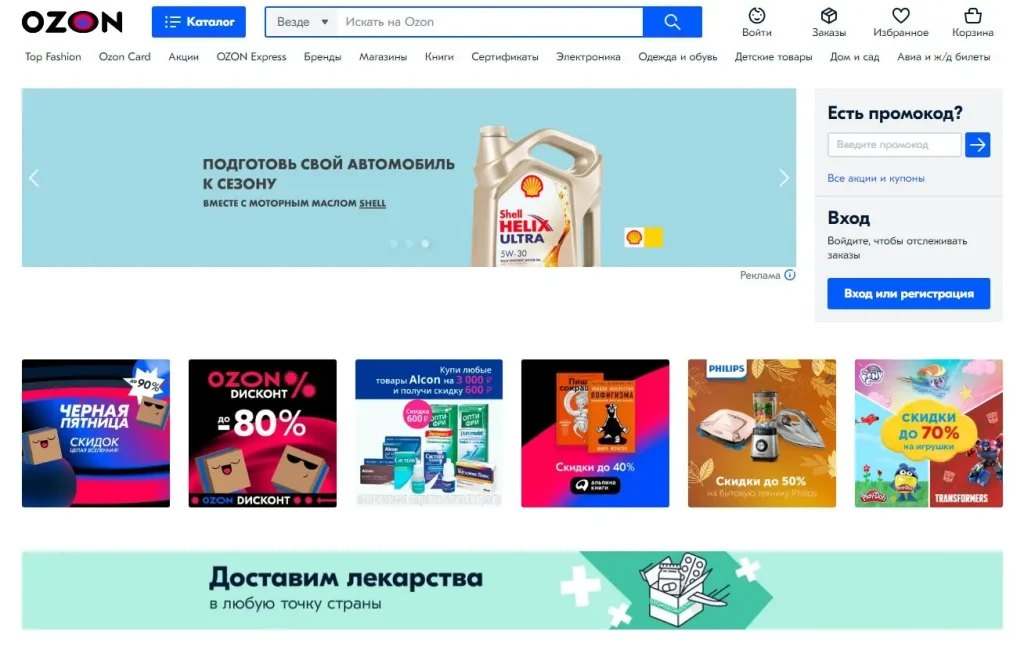
Business website: What is this?
A business website is a multi-page site that presents the business in general. It includes a feedback form and sometimes offers the opportunity to purchase products or services directly. These types of websites are typically preferred by large industrial organizations. This format is also suitable for small and medium-sized businesses.
Strengths include:
- formation of image and recognition of the company;
- building trust;
- search engine promotion;
- Setting up targeted and contextual advertising.
Weaknesses include:
- Such sites rarely sell products. All information is provided for in-depth knowledge of the company and its field of activity;
- can be expensive at the development stage.
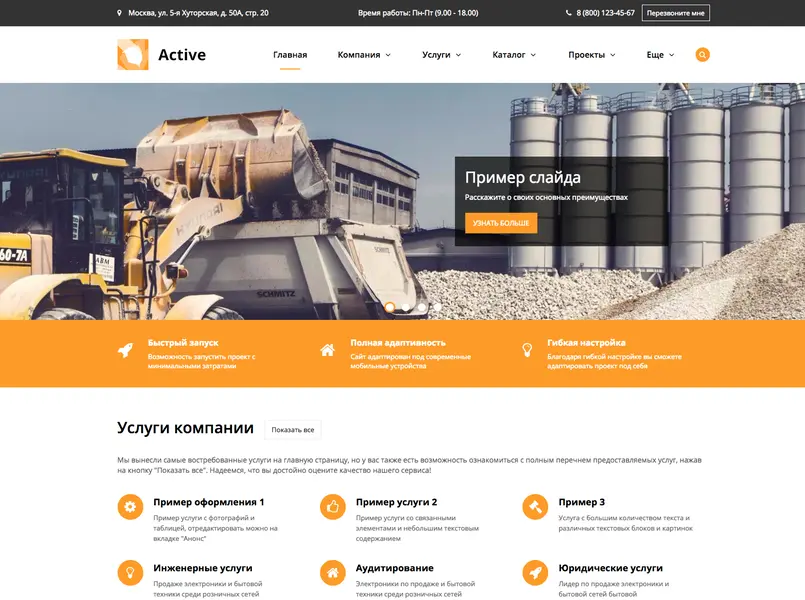
Business card website: What is it created for?
A business card website typically ranges from a single page to up to three pages. Essentially, it's the same as a business card, only in digital form, in an expanded format, and more visually appealing to the user. It has no commercial value. The main message is to briefly describe the organization, products, or services.
The advantages include:
- low development cost;
- A comprehensive description of the products and the company.
The web resource has the following disadvantages:
- Not suitable for SEO optimization and online advertising;
- There is no sales capability. The resource only provides information.
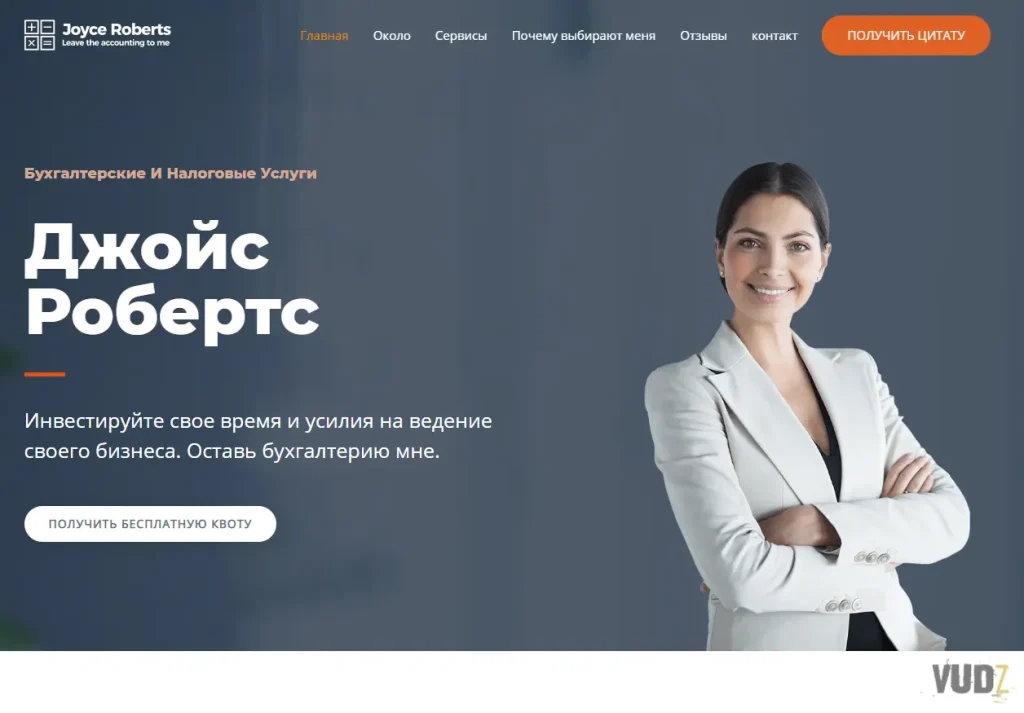
E-commerce projects: How is it different from an online store?
E-commerce, or e-commerce, is a multi-page website that resembles an online store. However, an e-commerce website is much larger, as it features products from various sellers. and not just oneIn other words, it's a marketplace—a platform that provides a showcase for every seller selling their goods through a third-party resource.
E-commerce can replace a brick-and-mortar store, saving on staffing costs. However, this type of website requires careful consideration of delivery or pickup locations.
Moreover, having reviews about the seller and the purchased product helps users make a choice. Some marketplaces offer the ability to contact the seller through their website. In other words, the e-commerce website can be considered an intermediary between the user and the seller.
The advantages include:
- Possibility to make sales around the clock;
- The resource operates seven days a week;
- 24/7 support, online payment option, delivery;
- Suitable for search engine optimization and online advertising;
- Wide range;
- Development of marketing proposals;
- Setting up analytics systems, CRM systems;
- Sales can be made both within one country and worldwide;
- The ability to leave reviews for both products and sellers.
The disadvantages of this resource include:
- Expensive, since this resource requires careful development of design, product cards, CMS for adding products, and the ability to secure payments;
- High level of competition;
- Logistics problems;
- The inability to touch the product. This is especially true for electronics. While clothing can be tried on at the pickup location (preferably at your own location), the situation with electronics may be slightly more challenging due to the product's complexity;
- A large budget is required for advertising, website maintenance, and maintaining up-to-date information.
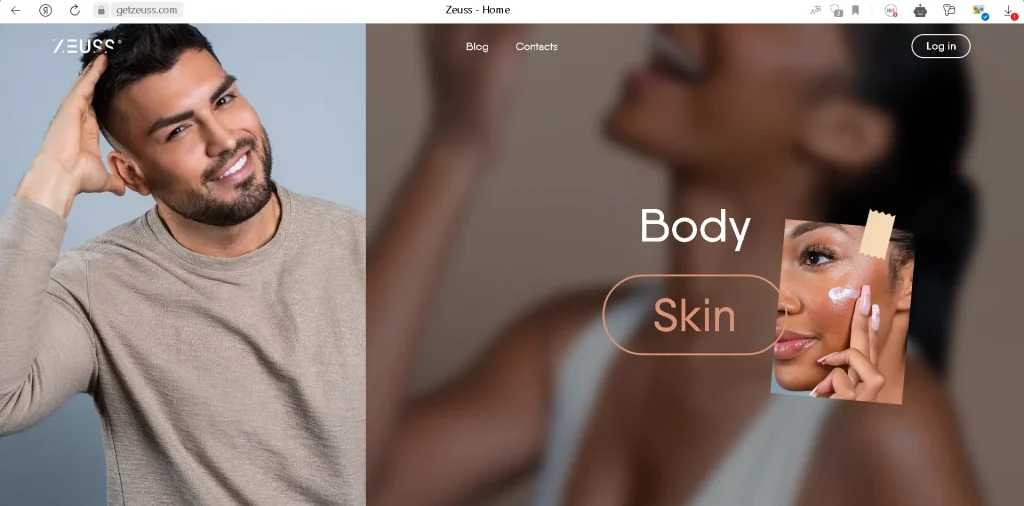
Budget
For a proper budget calculation, it's best to consult with professionals. Most online resources are expensive to develop. This typically includes the following work:
- Competitor analysis allows you to identify your competitor's strengths and weaknesses. This analysis allows you to create a unique resource tailored to your needs;
- A niche analysis that will allow you to better understand what needs to be implemented on the site;
- Target audience analysis is essential first and foremost because a correct audience assessment will determine the success of the website, its improvements (additional expenses), and sales funnel setup;
- Proper UX/UI design, focused on website usability. This may also include the development of unique fonts for your website, which also requires additional costs;
- Online stores and e-commerce websites require the development of analytics systems, CRM integration, email marketing, and a host of additional tools to analyze site performance and customer interactions. This approach allows for the evaluation of every action. Based on the data obtained, interface improvements, promotions, and special offers are developed, additional extensions are installed, or pages are added.
- Developing a website from scratch takes more time. This type of development allows for greater control over the code, as well as the ability to implement or refine the website. A well-designed CMS (admin panel) will allow you to add or change information on the website more quickly. Many CMS systems are developed in-house, according to your specific needs.
It's worth noting that it's best to choose a website early and not skimp. Any addition, improvement, or major design change can be costly. Of course, every website goes through a rebranding process over time. The most important thing is to define the specific goals a particular website should achieve.
In this case, professional assistance is essential. A properly calculated budget will help you save on unnecessary pages, designs, and much more.
Conclusion
Choosing a website type is a responsible task. Of course, creating a website requires time, data analysis, and a well-designed sales funnel. In addition, it's essential to adhere to a consistent brand identity, as it also shapes perceptions of the organization. Be sure to consider in advance which analytics systems you'll integrate. Consider the ease of online promotion. If optimization isn't required, then prepare for promotion through advertising (e.g., a business card website or landing pages).






